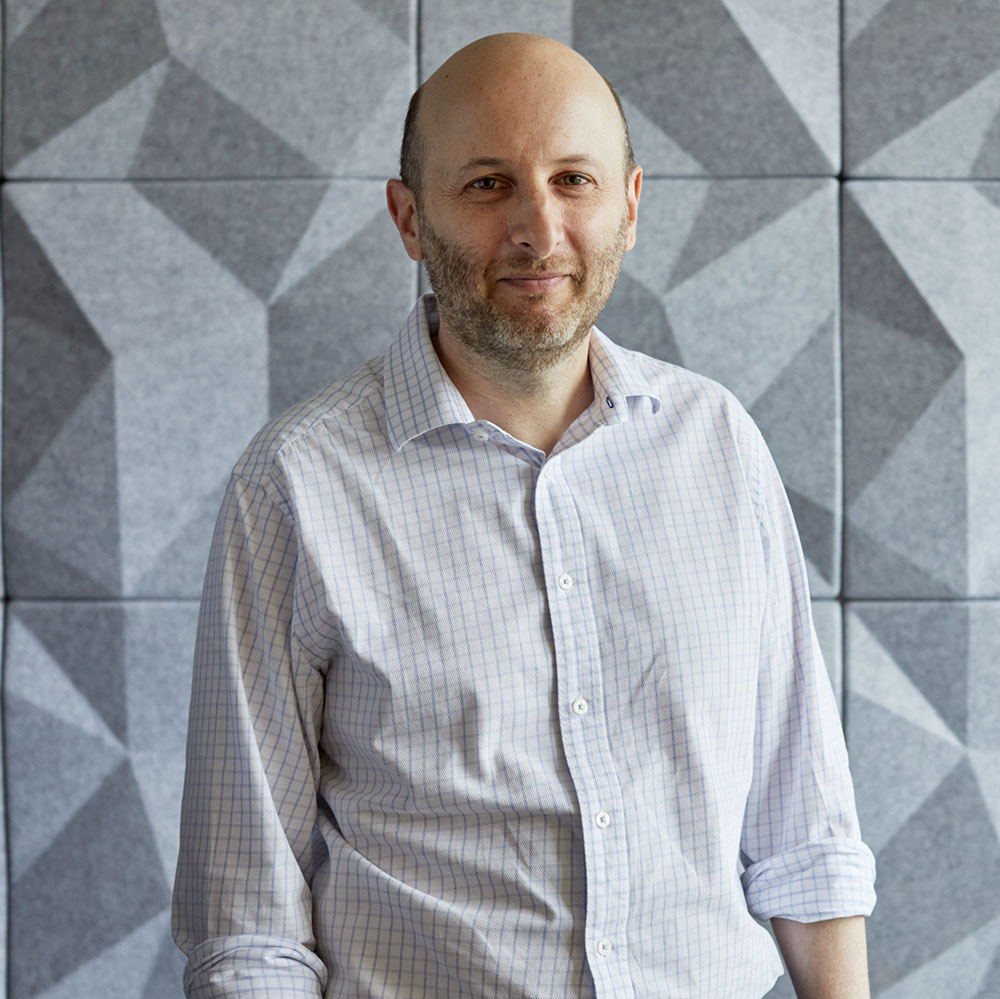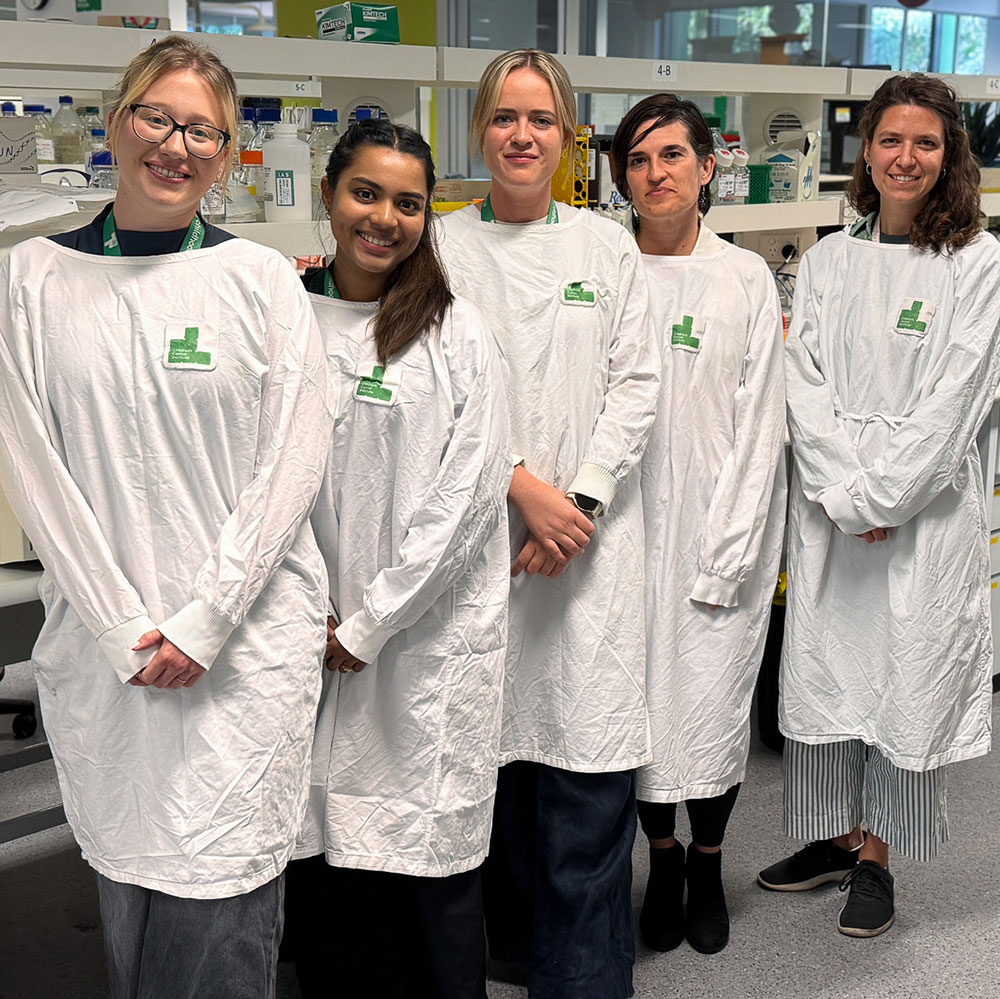An Australian-led study investigating incurable brain cancers that mainly affect children has shed new light on what drives the development of these cancers and how they might be treated, providing fresh hope to the families of children diagnosed.
Led by Children’s Cancer Institute and Kids Cancer Centre, Sydney Children’s Hospital, Randwick, and published in the prestigious journal Neuro-Oncology this week, the study included 252 patients with diffuse midline gliomas, 153 of whom had DIPG (diffuse intrinsic pontine glioma).
“These gliomas are highly aggressive tumours that almost always prove fatal, usually within a year of diagnosis,’ commented the lead author, Dr Marion Mateos, paediatric oncologist at Kids Cancer Centre, and Clinical Research Fellow at Children’s Cancer Institute. ‘We wanted to better understand the factors that lead to these tumours occurring and gain some insight into how to target them more effectively.”
The international study, the largest of its kind to date, examined the features of both germline cells (normal healthy cells) and tumour cells in children with diffuse midline gliomas. Genomic analysis revealed that 7.5% of the children had important changes in genes known as cancer predisposition genes, including the BRCA gene, best known for its association with breast and ovarian cancer.
Professor David Ziegler, senior specialist at the Kids Cancer Centre, Sydney Children’s Hospital, Group Leader of the Brain Tumour Group at Children’s Cancer Institute, and senior author on the paper, said that knowing the prevalence of these altered genes, known as ‘pathogenic germline variants’, was important.
“This groundbreaking research has shown, for the first time, that these tumours may arise because of underlying germline variants, which helps us not only understand how the tumours begin, but also provides vital clues about how they might be treated,” he explained. “There can also be implications for family members of patients, who may benefit from germline testing.”
Among children for whom information about familial history of cancer was available, 25% of those with a pathogenic germline variant had a known family history of breast and ovarian cancer at a young age.
“Our results suggest that oncologists need to be aware of the potential for these altered genes in children with diffuse midline gliomas, and to consider doing germline testing in those children with a family history of cancer,” said Professor Ziegler.
The study’s findings may have important therapeutic implications for children being treated for diffuse midline gliomas. The authors made particular note of an extraordinary clinical finding in one patient with relapsed cancer who was found to have a germline variant in two cancer predisposition genes (BRCA2 and FANCE), and who had a near complete response to treatment with a combination of two targeted therapies - olaparib, a drug known as a PARP inhibitor which targets gene mutations affecting DNA repair - and durvalamab, an immunotherapy drug known as an immune checkpoint inhibitor.
“It is remarkable to see such marked shrinkage of this tumour type,” commented Dr Mateos. “To have this patient respond so strongly to this novel drug combination was very exciting, particularly given they had relapsed several times.”
Further research will now be done to better understand the different types of gene alterations that lead to the development of diffuse midline gliomas and to investigate their therapeutic implications.
“The preclinical, clinical and potential therapeutic applications are broad and will require appropriate focused studies to maximize knowledge for therapeutic and patient gain,” the authors concluded.
END
Media Contact
Tuhina Pandey
tpandey@ccia.org.au
0452070757













